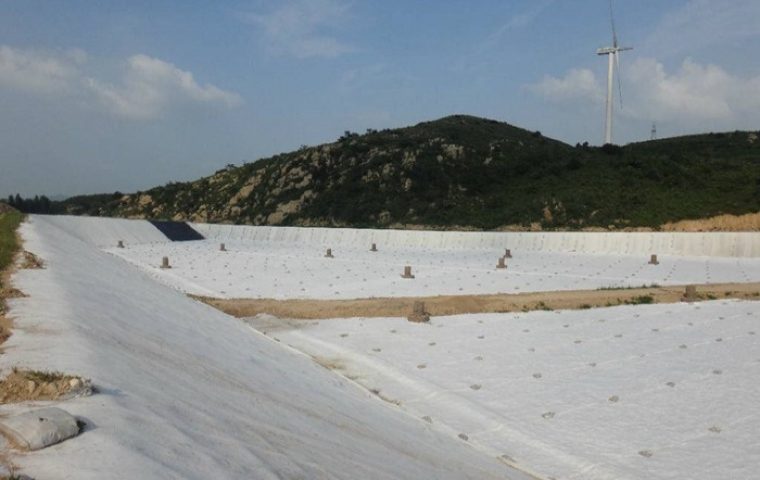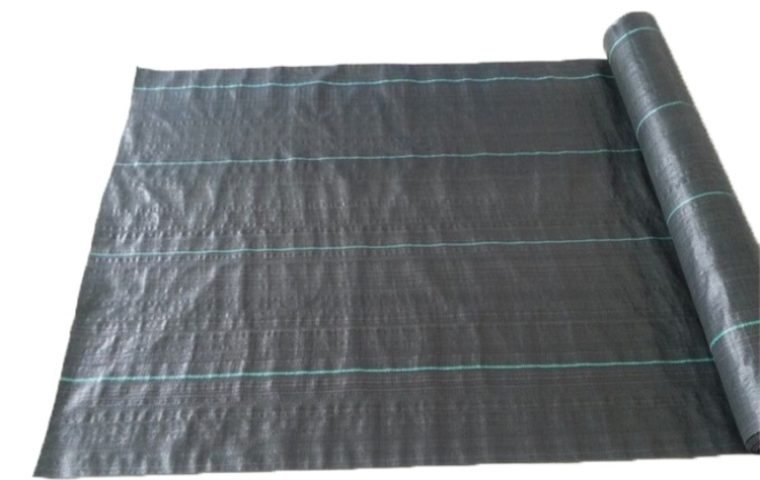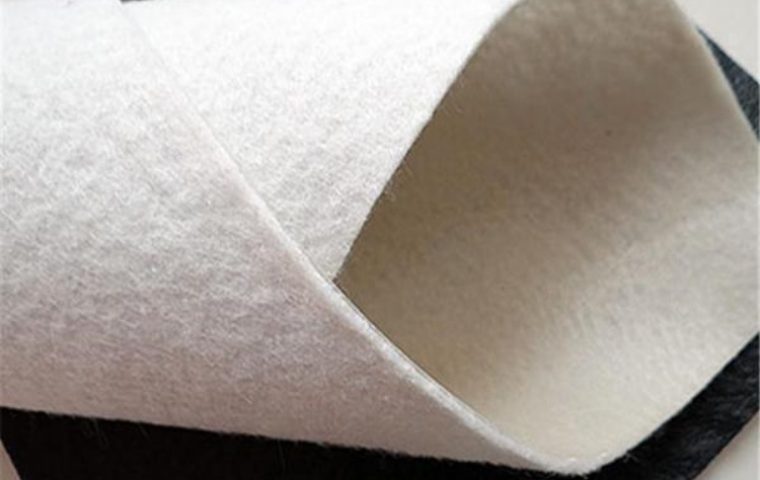Choosing the wrong geomembrane material is a costly gamble. A liner that cracks, tears, or degrades chemically can lead to catastrophic project failure, environmental damage, and massive financial loss.
To choose correctly, match the material to your project's needs: HDPE for chemical resistance, LLDPE for flexibility on uneven ground, PVC for easy installation in decorative ponds, and EVA for superior performance in cold climates. No single material is best for every application.
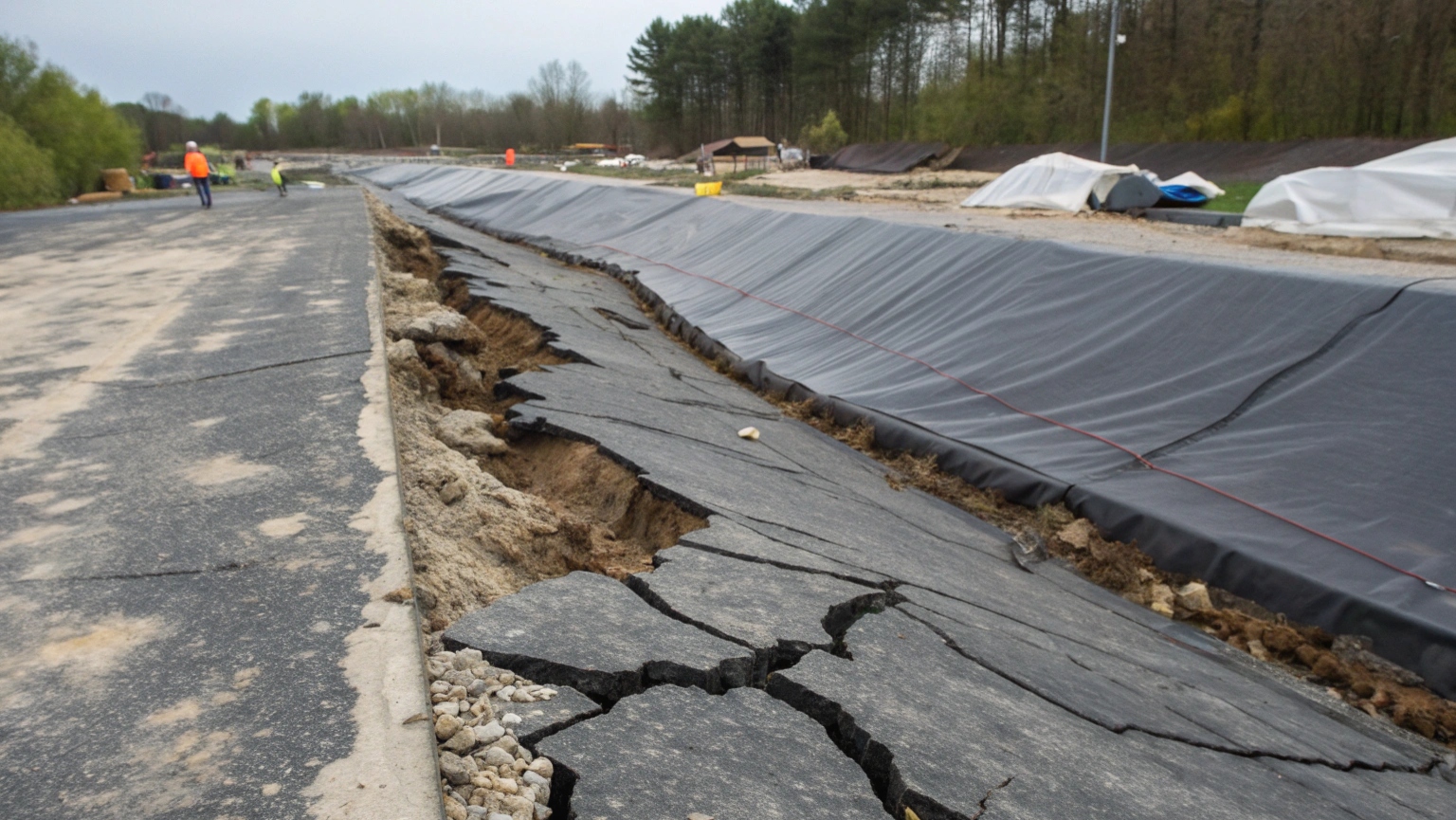
While all these materials create an impermeable barrier, they are not interchangeable. Their differences in chemical resistance, flexibility, temperature tolerance, and lifespan are significant. Understanding these core trade-offs is the first step to selecting a liner that ensures the long-term success and safety of your project.
What factors should I consider when selecting a geomembrane material?
Faced with complex technical data sheets, it's easy to make a choice based on price alone. This approach often ignores the critical environmental and physical stresses that will ultimately determine the liner's success or failure.
Always prioritize your project's specific requirements: chemical exposure, expected lifespan, temperature range, subgrade conditions, and required flexibility. These factors will guide you to a technically sound and cost-effective material choice, far better than just comparing costs.
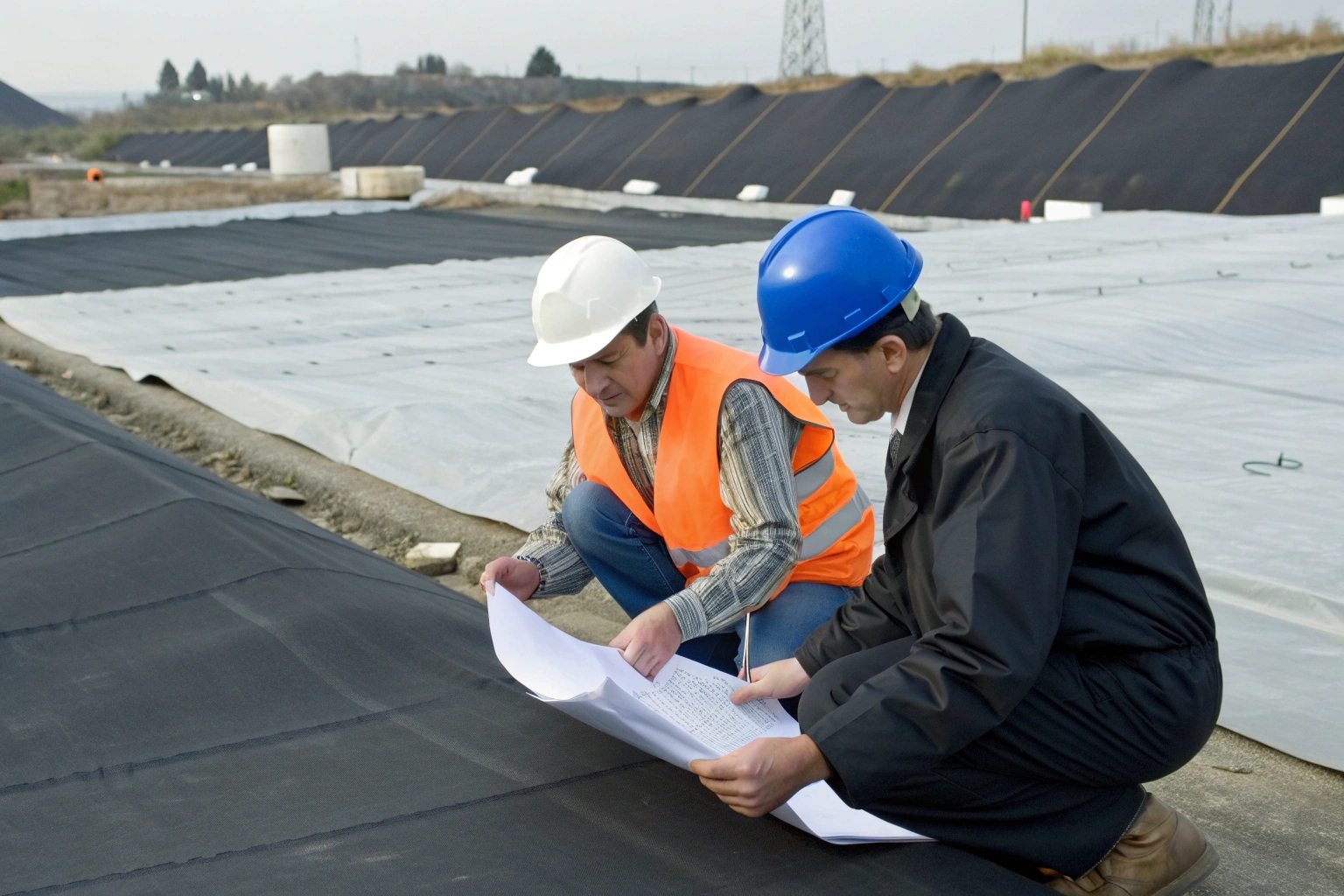
A systematic evaluation of project needs is the foundation of a successful installation. Before you even look at a product, you must have clear answers to a few fundamental questions about the environment where the geomembrane will perform.
Key Decision-Making Factors
| Factor | Key Question to Ask | Why It Matters |
|---|---|---|
| Chemical Exposure | What specific liquids will the liner contain (e.g., leachate, fuel, clean water)? | Determines the required level of chemical resistance (HDPE's strength). |
| Physical Stress | Is the ground smooth or uneven? Will there be settlement? | Dictates the need for flexibility and puncture resistance (LLDPE's strength). |
| Environmental Conditions | What are the minimum and maximum temperatures? Will it be exposed to UV? | Affects material brittleness, expansion, and durability (EVA & HDPE strengths). |
| Project Lifespan | Is this a temporary containment or a 50-year infrastructure project? | Impacts the choice between lower upfront cost (PVC) and long-term value (HDPE/LLDPE). |
How do HDPE, LLDPE, PVC, and EVA geomembranes differ in performance and flexibility?
Assuming all black plastic liners perform the same is a common but dangerous mistake. This misunderstanding can lead to selecting a liner that is too rigid for the site, degrades under chemical attack, or cracks in the cold.
HDPE is the most rigid but offers unmatched chemical and UV resistance. LLDPE provides superior flexibility and puncture resistance. PVC is extremely pliable and easy to weld but has lower durability. EVA offers a great balance of flexibility and excellent cold-temperature performance.
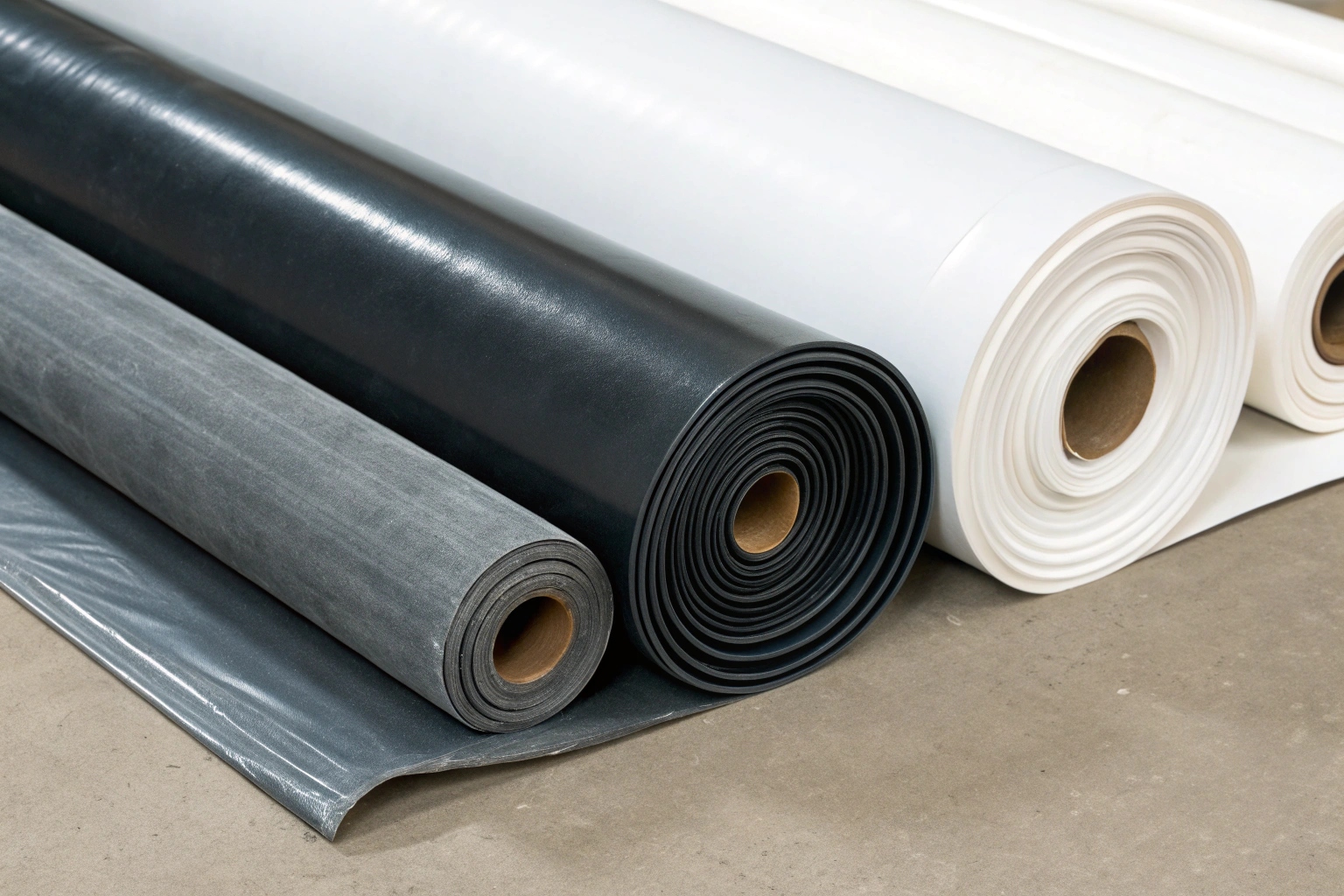
Each material represents a specific trade-off between durability, flexibility, and ease of installation.
Material Performance at a Glance
Each polymer is engineered with a distinct set of properties. Understanding where each one excels is crucial for matching it to your project.
| Material | Key Strength | Main Weakness |
|---|---|---|
| HDPE | Superior Chemical & UV Resistance | Rigid, requires expert welding & smooth subgrade. |
| LLDPE | Excellent Flexibility & Puncture Resistance | Lower chemical resistance than HDPE. |
| PVC | Very High Flexibility, Easy to Weld | Lower durability, shorter lifespan, fewer use cases. |
| EVA | Excellent Cold Weather Flexibility | Higher cost, less common for large civil projects. |
This comparison highlights that the "best" material is always relative to the demands of the specific application.
Which geomembrane material works best for different project environments?
Knowing the theory is useful, but applying it incorrectly on-site leads to failure. Using a flexible pond liner in an industrial waste lagoon is as wrong as using a rigid landfill liner for a small, contoured water feature.
Use HDPE for harsh environments like landfills and mining. Choose LLDPE for large containment on uneven ground, like landfill caps or reservoirs. PVC is suitable for decorative ponds. EVA excels in cold climates and aquaculture applications requiring non-toxicity.
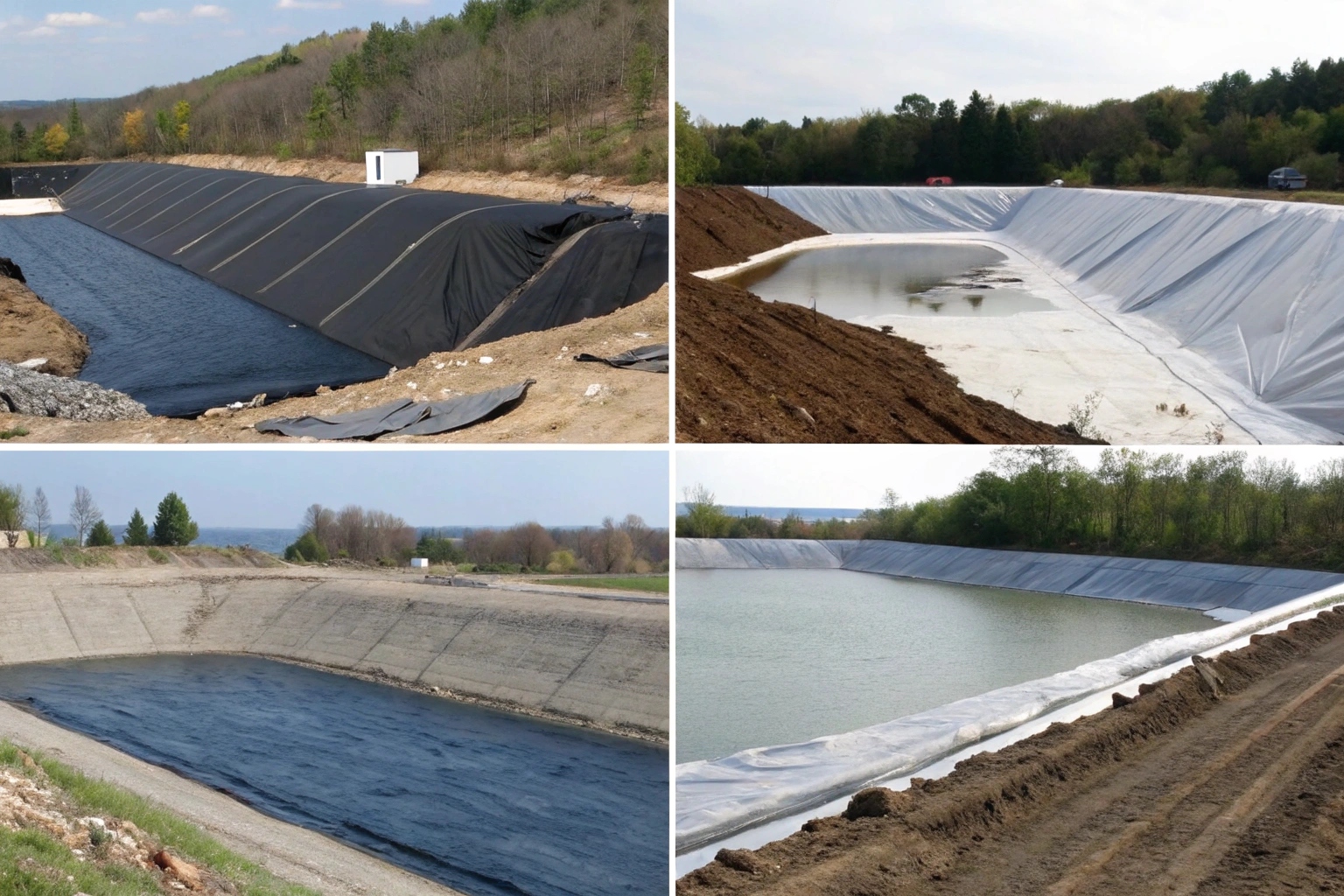
The project itself dictates the material. Let's look at some common scenarios.
Application-Specific Recommendations
- Industrial & Chemical Containment: For landfills, mining heap leach pads, and wastewater lagoons, HDPE is the industry standard. Its unparalleled resistance to a broad range of chemicals makes it the only safe choice for aggressive liquids.
- Large-Scale Water Storage: For large reservoirs, canals, and landfill caps where ground settlement is possible, LLDPE is ideal. Its superior flexibility allows it to conform to an uneven subgrade without sustaining stress cracks.
- Aquaculture & Agriculture: For fish and shrimp ponds, EVA or food-grade LLDPE are excellent choices. They are non-toxic, highly flexible for shaping ponds, and durable.
- Decorative & Architectural: For applications like garden ponds, golf course water hazards, or architectural water features, PVC offers a cost-effective solution with excellent flexibility for custom shapes.
How can I ensure long-term quality and durability when choosing a geomembrane?
You've selected the right material type, but not all products are created equal. A low-cost liner made from poor-quality resin or with inconsistent thickness will fail, no matter what polymer it's made from.
To ensure quality, always demand a Technical Data Sheet (TDS) and verify that it meets or exceeds industry standards (e.g., GRI-GM13 for HDPE). Source from a reputable manufacturer with verifiable quality control certifications (like ISO 9001) and proven project experience.
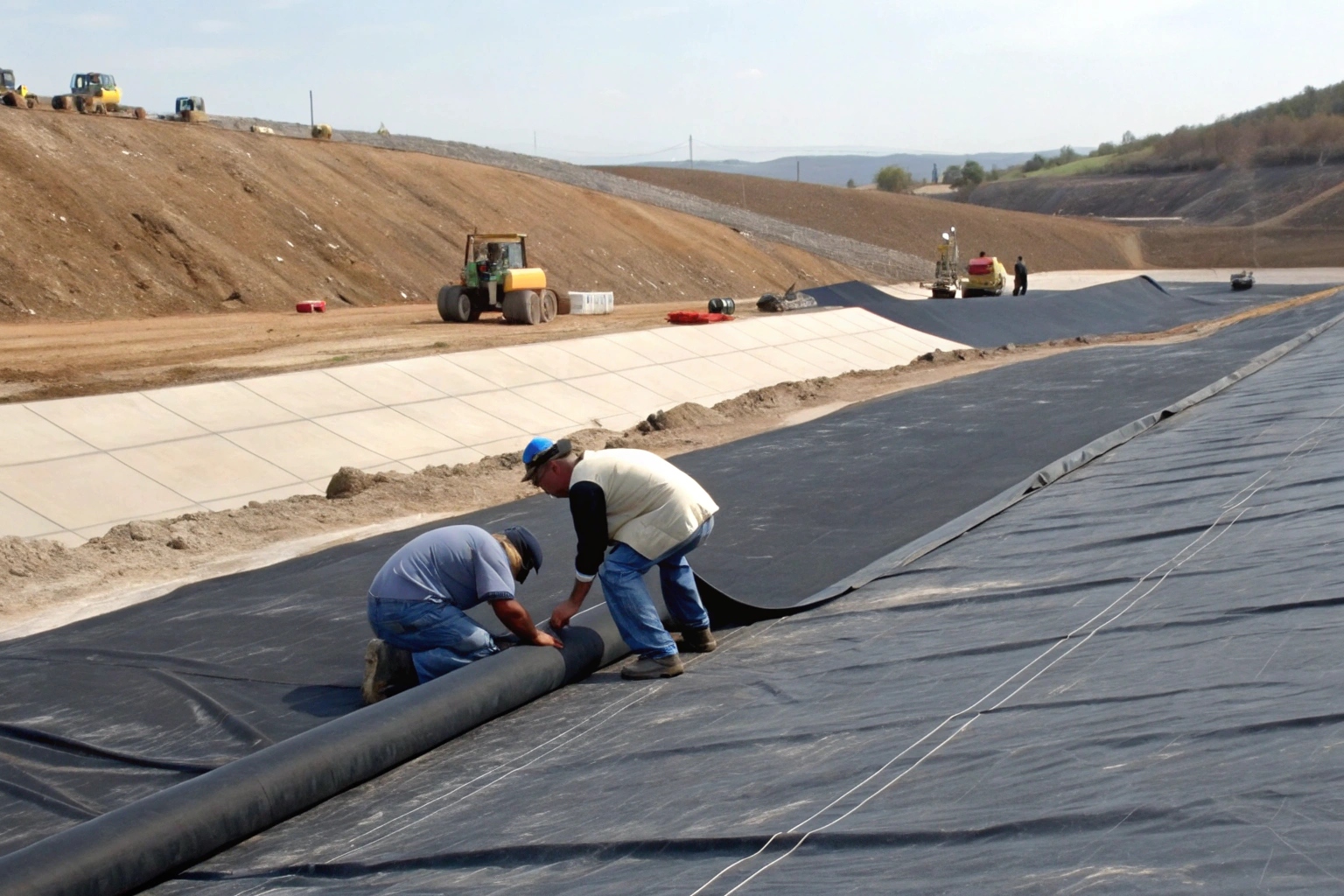
Your due diligence doesn't stop after selecting the material type; it extends to vetting the specific product and its supplier.
Quality Verification Checklist
- Request the Technical Data Sheet (TDS): Compare its values (thickness, tensile strength, puncture resistance) against your project's engineering requirements.
- Verify Industry Standards: Ensure the product complies with recognized standards, such as those from the Geosynthetic Institute (GRI) or ASTM International.
- Inquire About Raw Materials: The best geomembranes are made from 100% virgin polymer resin. The inclusion of recycled content can significantly compromise long-term performance and weldability.
- Check for Quality Control (QC) Certification: A manufacturer should be able to provide proof of a robust QC program, such as ISO 9001 certification.
- Evaluate Supplier Expertise: Partner with a supplier who understands the export process, provides comprehensive shipping documentation, and can offer installation guidance if needed.
Conclusion
The right geomembrane choice balances chemical resistance, flexibility, and lifespan against your project's unique demands. By understanding these material trade-offs, you can ensure a durable, cost-effective, and successful containment solution.

